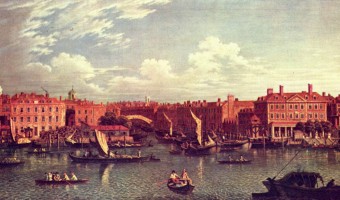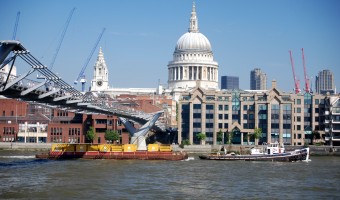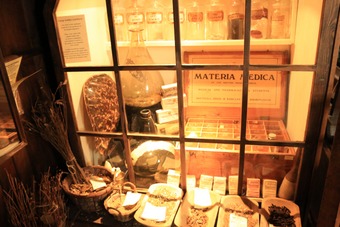A link to the city's gruesome past
.
Have you ever wondered what lies beneath London’s winding streets and pleasant squares? Well, the original builders of the famous London Underground certainly did and they were extremely careful not to disturb what lay deep in the soil (why else does the Underground meander so much?). Like the rest of Europe during the middle ages, London fell victim to the ravages of the Black Death (Yersinia pestis), a deadly bacteria that first emerged somewhere in Central Asia before reaching Europe in 1347. The city of London was hit again and again by the Black Death and the limited medical knowledge of the time meant mortality rates were incredibly high.
Of all its major outbreaks though, the most infamous was the Great Plague of London, which saw the Black Death decimate over 15% of the city’s population between 1665 and 1666. It is thought by experts that the disease was initially spread by Dutch trading ships bringing products from Amsterdam, which was only just recovering from its own plague epidemic. The trading ships brought with them hitchhiking rats carrying fleas infected by the Yersinia pestis bacteria, which then fled into the thriving London docks and onto the city.
Hygiene standards in the crowded streets of London’s poorest districts were terrible and this, combined with the fact that no one understood how the plague spread, created an almost unstoppable whirlwind of death. Thousands of Londoners began to perish to the disease and it soon became clear that the cemeteries were becoming overwhelmed. To deal with the increasing numbers of bodies, the authorities ordered the digging of various ‘plague pits’ around some of the worst affected areas. These pits were covered up as the epidemic came to an end, built over in some cases and turned into squares in others. Today you can visit some of these sites within just a few stops on the tube.
St Giles-in-the-Fields
Located only a few minutes away from Tottenham Court Road Station is the church of St Giles-in-the-Fields. This seemingly unassuming building is a quiet place of worship for many, but its cemetery once served as a dumping ground for plague victims. It is believed that the very first signs of the epidemic were spotted here as many of London’s dock workers lived in the parish’s overcrowded houses.
Two ‘suspicious’ deaths were recorded in the latter part of 1664, although the deceased did not yet get identified as plague victims and were not treated with the caution they should have been. As a result the authorities did not take any preventive measures and the plague began its inevitable journey around the City. The church has a history dating back to the early 12th century (where it functioned as a leper hospital) and you can walk around to see the many intriguing relics within.
Charter House Square
The square today is a tranquil slice of greenery in the busy central part of London. During the plague years however, Charterhouse Square was quite possibly the largest mass grave in the country and contained over 50,000 corpses. The Museum of London (which is only a few minutes’ walk away) conducted an excavation recently to inspect the remains and proved, only for the second time ever, that the cause of the deaths was indeed down to the 'Yersinia pestis' bacteria. The epidemics have always been attributed to the plague but it was not officially proven until recent research was able to confirm it via ancient DNA testing.
For more information on the plagues of London, a visit to the museum is highly recommended. Charterhouse itself carries plenty of history and those looking to uncover more of London’s medieval past can book a comprehensive tour. Visit the Charterhouse Almshouse as well, which started its life in 1371 as a monastery. Another fascinating place is the nearby Bunhill Fields Burial Ground, where you can see the graves of William Blake, John Bunyan and Daniel Defoe. Defoe is particularly interesting as it was his book ‘A Journal of the Plague Year’ that contributed to identifying many of the plague pits in modern times.


Golden Square, Soho
Contemporaries from the plague years would be horrified by the relaxed Londoners sitting in Soho’s Golden Square today, enjoying their lunch or taking a break from the busy city streets. Bedding displays bloom in the sun and large Hornbeam trees give visitors shelter, but in 1665 the area was a grim depository for the deceased. Lord Macaulay wrote on the square in his book The History of England:
'It was a field not to be passed without a shudder by any Londoner of that age. There, as in a place far from the haunts of men, had been dug, twenty years before, when the great plague was raging, a pit into which the dead carts had nightly shot corpses by scores. It was popularly believed that the earth was deeply tainted with infection, and could not be disturbed without imminent risk to human life.'
The square is right in the middle of Soho, an area synonymous with London’s centuries-long admiration for creative culture and exciting people. You can easily spend the entire day just wandering around the colourful streets, West End theatres and diverse restaurants.


The Aftermath
The Great Plague of London came to a staggered end, as evidenced by the slow decline of deaths in the weekly mortality bills. Plagued rats still roamed the much emptier streets but London was about to be hit by its most famous disaster of all, the Great Fire of London. In a certain twist of irony however, the fire is believed by some historians to have helped destroy a lot of the city’s unsanitary housing and the infected rats that lived within. The vast destruction caused by the fire led to the rebuilding of much of the city and many of the plague pits were subsequently developed over. This was the last time London would fall to the ravages of the Black Death and as medical knowledge improved, better hygiene practices were introduced.
The occasional plague scare did still happen, but greater efforts to quarantine potential threats like trading ships stopped London from ever being overwhelmed again. Today London represents one of the world’s best cities for exploring the legacy of the Black Death, as well as a myriad of other important historical sites. Visit London and discover its fascinating hidden past.
 The Plague Pits of London
The Plague Pits of London


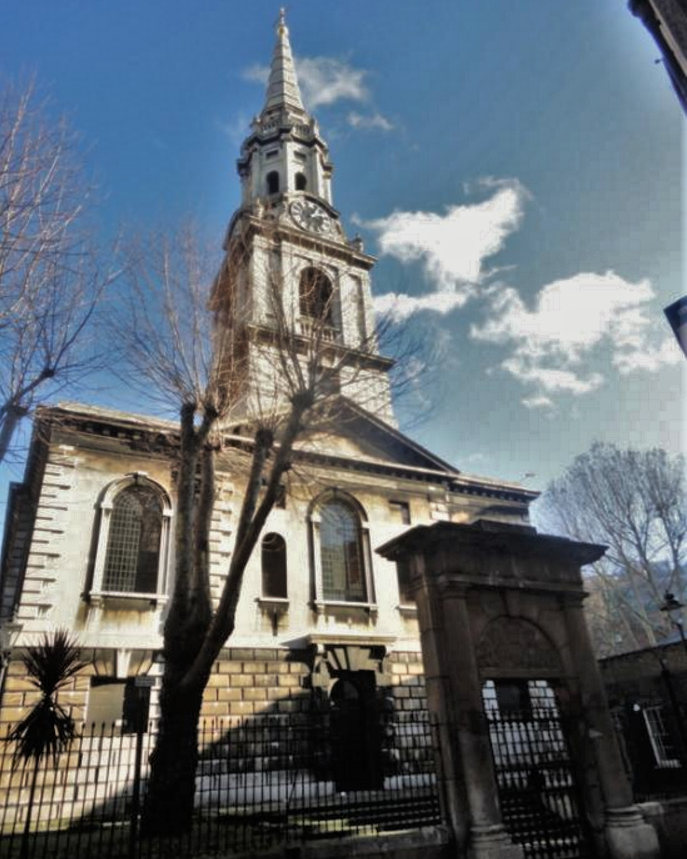
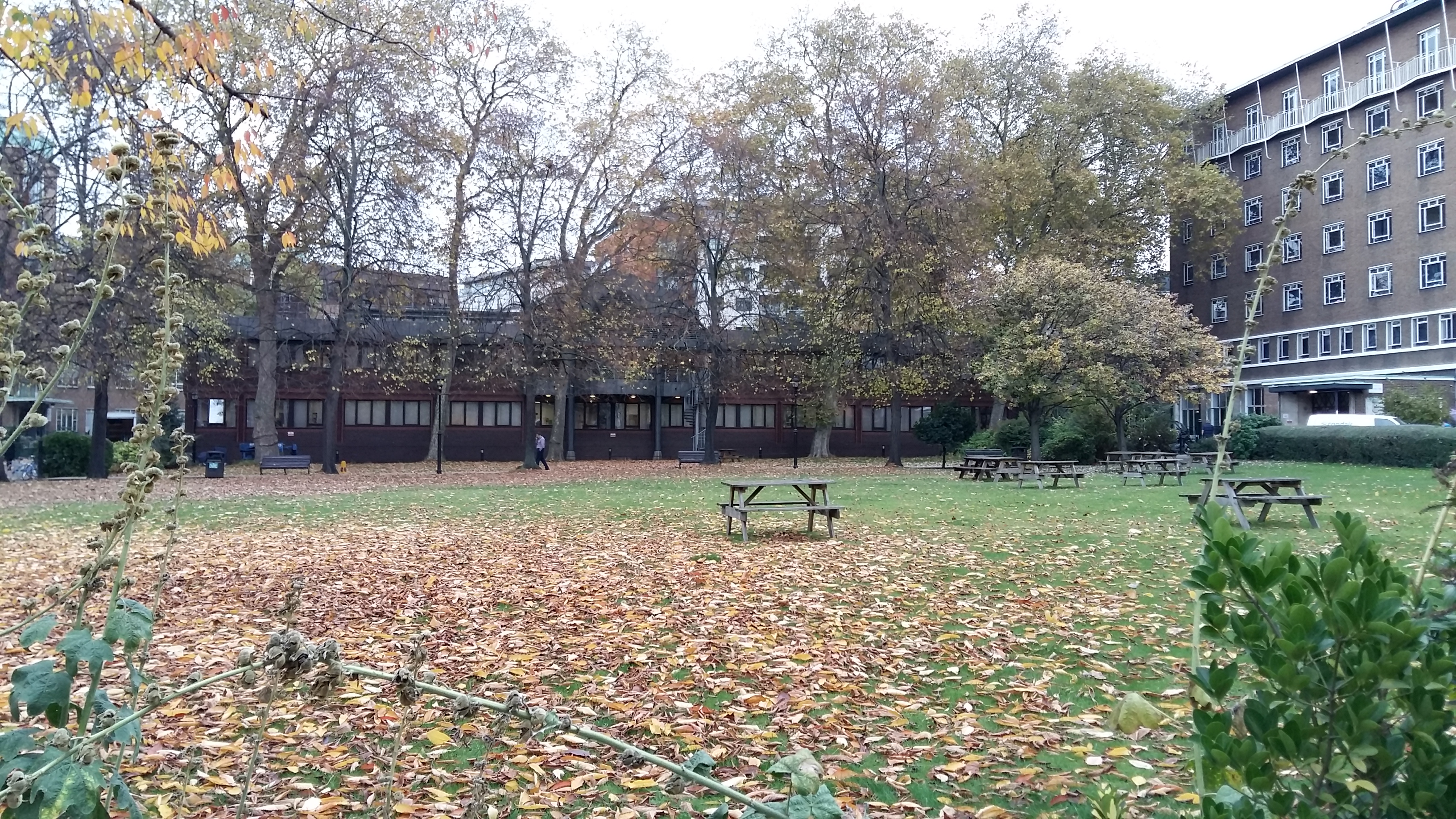
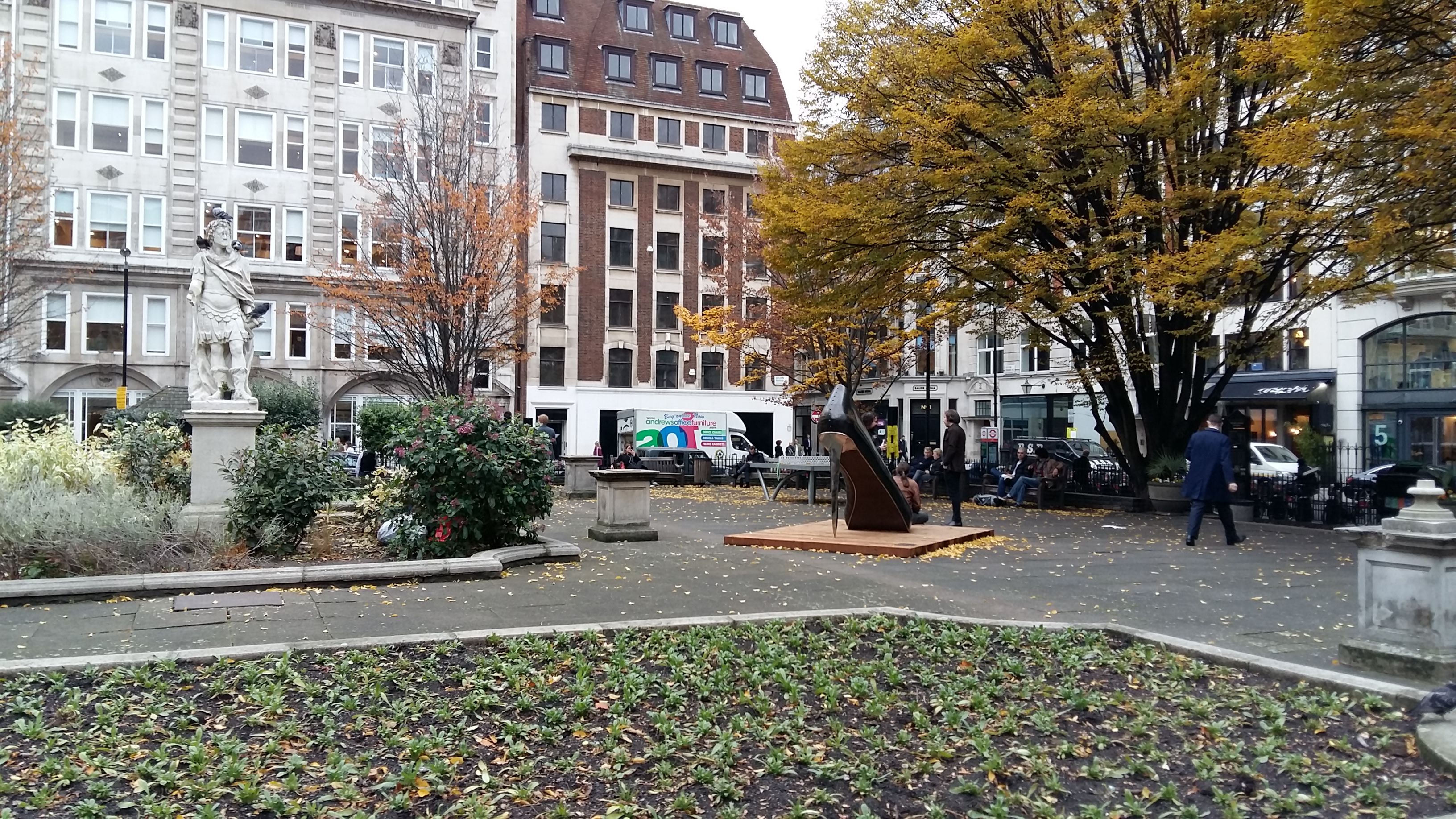
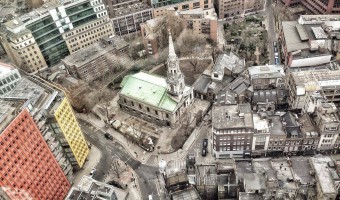
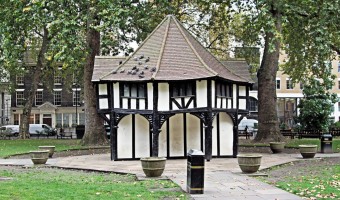
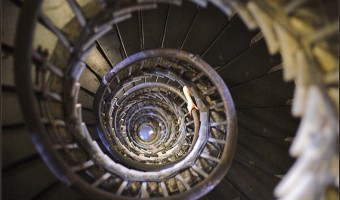
 Load more triptoids
Load more triptoids